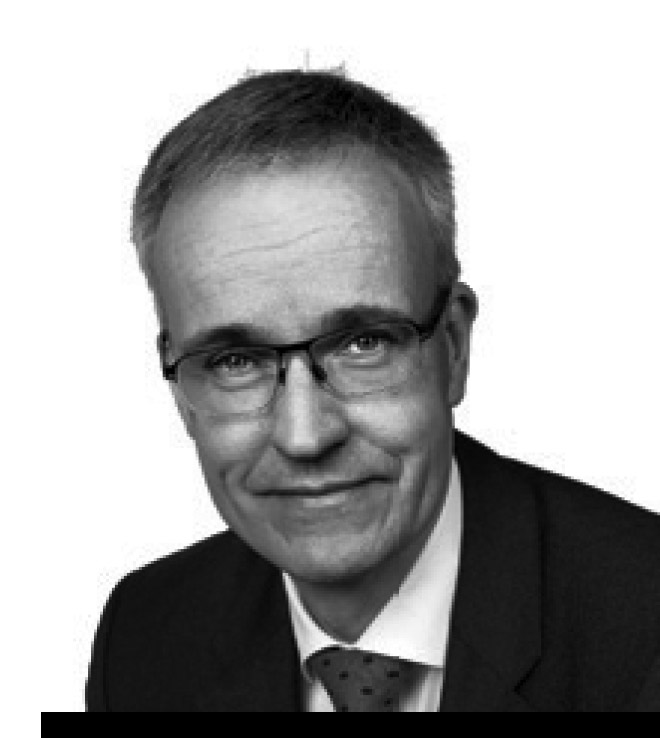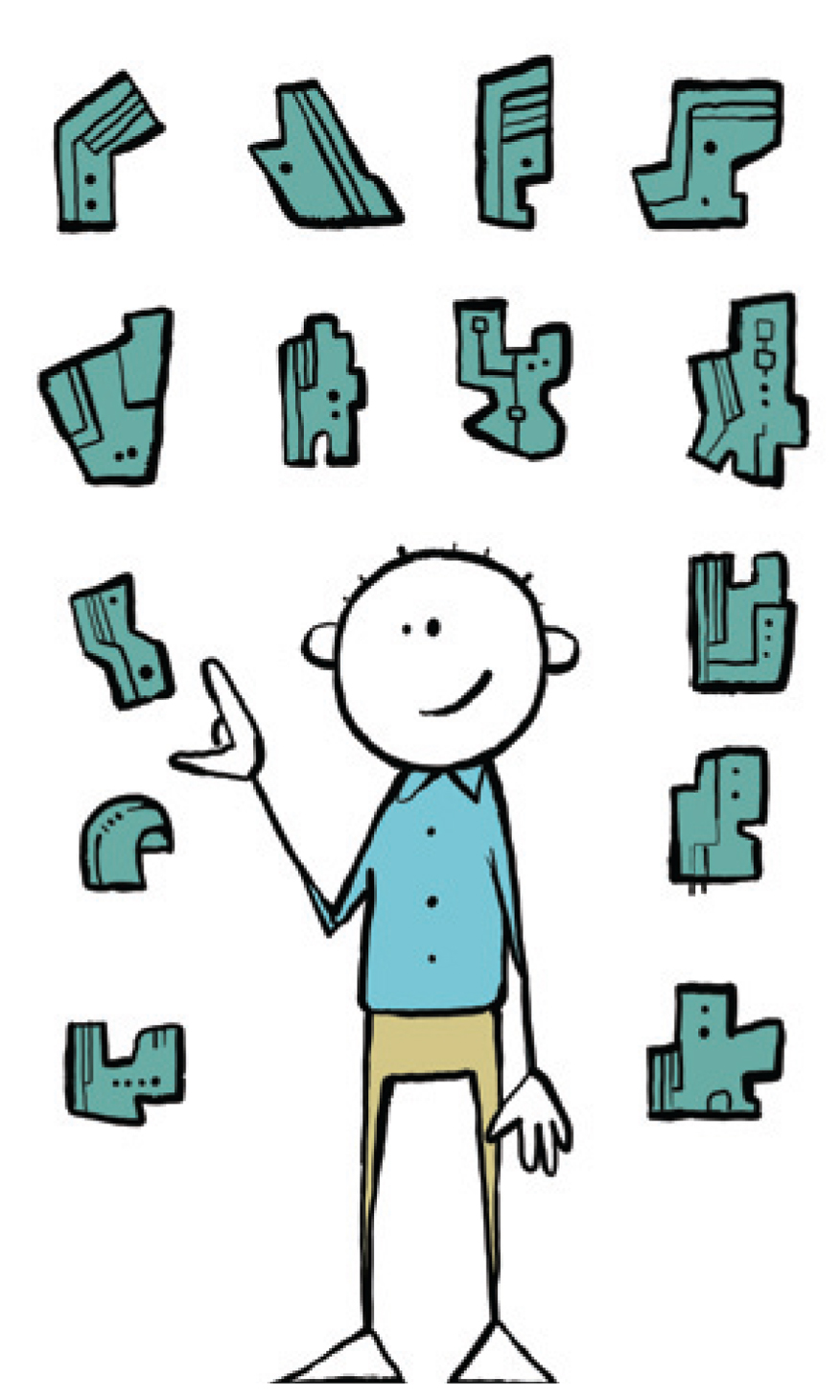(Kopie 1)
“Opportunity for Germany as a Center for Technological Innovation”
Interview with Dr. Thomas Jüngling, CEO, H.C. Starck Surface Technology and Ceramic Powders GmbH
DIALOG: Dr. Jüngling, global sales of products and services in the field of additive manufacturing remained constant at a relatively low level for almost three decades – something which is typical for a niche technology. However, the market has picked up speed at an incredible rate in the last three to four years. What are the reasons for this?
TJ: The technology of additive manufacturing has now reached a stage that allows complex components to be produced with high and repeat precision. Compared to conventional manufacturing the additional design possibilities are resulting in technical progress and delivering new solutions that create potentially high competitive advantages.
DIALOG: H.C. Starck has been involved not just in the manufacture of technology metals and metal powder solutions but also in advanced ceramics and thermal spray powders for additive manufacturing for decades. What direction is the demand for 3D printing base materials taking and what trends do you anticipate over the next few years?

TJ: Demand is currently concentrated on titanium alloys, nickel-based super alloys, high-strength steels and stainless steels, as well as a range of customer-specific special alloys based on refractory metals. These may well also be joined hard metal allows in future.
DIALOG: Technologies like desktop production performed by end users are still at a relatively early stage. What’s your opinion on the chances of these methods and to what degree are you looking into them?
TJ: This concept is likely to be promising for components that are required in low numbers or which are needed in many locations far apart from eachother. From our point of view, the supply chain delivering to operators of the equipment can be easily organized and is comparable to thermal spraying logistics in other markets. We have a great deal of experience helping us to develop market-specific concepts.
DIALOG: Does 3D printing have the potential to change the basic premises of industrial manufacturing?
TJ: Additive manufacturing will not be able to replace conventional means of production. It is more likely to complement them and enable innovative technical solutions that may have considerable importance in conserving resources and raising energy efficiency.
DIALOG: How is the growth of the 3D printing market affecting your own company? Where is your main focus for research and development and what structural adjustments are required?
TJ: We are building up a marketfocused sales team in our company that acts as a point of contact for all market players, from plant manufacturer and service office to plant operator and manufacturing company. We have test facilities for testing new alloys where small batches of alloy can be accurately produced and optimized already using the subsequently required mass production technology.
DIALOG: As always with technology hype, there is a danger of overheating and excessive expectations. On which promises will 3D printing not be able to carry through and where are the limits to growth?
TJ: The technology of additive manufacturing is certain to continue to develop in terms of efficiency and design possibilities. Applying functional components to conventionally manufactured parts and integrating additive manufacturing into production lines make significant growth potential possible. The costefficient production of high-quality, custom powder raw materials will play a major role for successful growth.
DIALOG: Many of the raw materials that H.C. Starck produces and which are needed for the metal powders used in 3D printing come from politically unstable regions. How is your company addressing the issue of supply reliability?
TJ: H.C. Starck’s strategy for procuring raw materials is based on two principles: the continuous expansion of recycling activities, and the purchase of raw materials exclusively from suppliers with environmentally and socially sound business practices.
The stringent, globally applicable procurement guidelines detailed in the Responsible Supply Chain Management System (RSCM) guarantee that H.C. Starck buys raw materials only from suppliers who comply with strict requirements with regard to environmental protection, occupational safety and social responsibility. Here H.C. Starck refers, among other things, to the positions set out by the Electronic Industry Citizenship Coalition (EICC) and the Organisation for Economic Co-operation and Development (OECD). And H.C. Starck won’t budge a single inch from this stance, even when faced with a shortage of resources, export quotas, and price fluctuations.
H.C. Starck’s tantalum and tungsten supply chain has been declared free of “conflict minerals” following an independent audit by a third-party auditor commissioned by the Conflict Free Sourcing Initiative (CFSI), a joint effort by the EICC and the Global e-Sustainability Initiative (GeSI).
DIALOG: And finally a personal question: What do you find so fascinating about 3D printing technology?
TJ: The new possibilities for engineers to design technically innovative systems. I think we can look forward to a great many solutions that would not be conceivable or feasible with conventional methods. Anyone acting quickly with a good idea can gain significant competitive advantage. This is indeed an opportunity for Germany as a center for technological innovation.
About H.C. Starck Surface Technology & Ceramic Powders
The H.C. Starck Surface Technology & Ceramic Powders GmbH offers a wide variety of thermal spray powders and complementary coating technology materials, as well as the most extensive non-oxide ceramic powder portfolio for advanced ceramics and high-end applications and also atomized metal powders for a broad scope of innovative technologies.

